48 pages • 1 hour read
Ann PatchettRun
Fiction | Novel | Adult | Published in 2007A modern alternative to SparkNotes and CliffsNotes, SuperSummary offers high-quality Study Guides with detailed chapter summaries and analysis of major themes, characters, and more.
Summary and Study Guide
Overview
Run (2007) is the fifth novel by award-winning writer Ann Patchett. Run is a fictional story about family, politics, and love. It is set in Cambridge and the West End of Boston in the United States, areas with which Patchett is familiar.
This guide refers to the Harper Collins 2007 paperback edition of the novel.
Content Warning: This novel contains descriptions of drug abuse.
Plot Summary
The novel opens with a capsule story that is set concurrently in the late and early 20th century. Chapter 1 offers the origin story of a red-headed, rosewood-carved statue of the Virgin Mary. This object reappears throughout the text as a sacred heirloom that belonged to the deceased mother of the main characters, Tip and Teddy. Their mother, Bernadette, received the heirloom due to her resemblance to the Virgin Mary’s image.
Early on, readers learn that Bernadette’s great-grandfather, Billy Lovell, stole the statue. At 17, during the early 20th century, he took it from a small church in Ireland. However, when Billy presented the statue to his love interest, Doreen Clark, he invented a story about obtaining it from the Pope’s sculptor, who was inspired to carve it after hearing Billy’s description of Doreen’s beauty. She falls in love with the statue and marries Billy. As a devout Catholic, she abandons her plans to join a convent and prays daily to the statue. After the birth of five children, she learns that Billy stole Mary, and this ruins their marriage. For the rest of their lives, Doreen intermittently casts Billy out to return the statue, though she hopes that he never finds the church. Doreen condemns Billy to an interminable, but pointless, penance. Bernadette inherits the statue a little more than a decade before she dies of cancer.
The action of Chapters 2 through 10 takes place within a 24-hour time span. The narrative focuses on Doyle family: Bernard, a white, former Boston politician; Sullivan, his biological son; and Tip and Teddy, Black adoptive brothers. These chapters are set in the early 2000s, when Sullivan is 33 years old, Tip is 22, and Teddy is 20. Doyle, a former mayor of Boston, has left his political career after insulting his constituents by lying about a car accident that Sullivan was in with his girlfriend, Natalie. When Sullivan was 23, he tried to drive Natalie from Amherst to Boston while under the influence of Darvocet, an opioid analgesic. The accident killed 20-year-old Natalie. However, Sullivan reveals, Doyle lied to the media, claiming Natalie was driving the night that she died; this became the official story of her death. This public embarrassment leads Doyle to pass his political aspirations on to Tip and Teddy, names he selected for their political suggestion. (Tip is named for Thomas O’Neill, a former Speaker of the House of Representatives, and his brother is named after US Congressman, Edward “Teddy” Kennedy.) He escorts the boys to speeches and political rallies until they are young adults, hoping that they will find inspiration to run for political office.
Run’s four main characters struggle to define themselves. Sullivan, returned to Boston from humanitarian work in Africa, is restless and unmoored after a scandal involving his resale of valuable medications. Doyle, adrift from politics, fruitlessly attaches his attention to his adoptive sons. Tip and Teddy have no interest in politics, only attending a Jesse Jackson lecture with Doyle in Chapter 2 out of habit. Teddy dedicates himself to the Catholic church and their Uncle, Father John Sullivan; he considers joining the priesthood. Tip, by contrast, is a conscientious researcher of fish at Harvard with aspirations of becoming an ichthyologist (researcher of fish biology).
The novel’s climatic scene occurs outside Harvard’s Kennedy School as it begins to snow following Jackson’s lecture. As the fast-falling snow obscures the separation of sidewalk and road, Tip carelessly walks away from Doyle and Teddy into traffic, where someone pushes him out of the way of an SUV. This person is Tennessee Moser, the brothers’ biological mother. Tennessee takes the force of the vehicle’s collision, breaking several bones and sustaining a spleen injury that eventually leads to her death. The SUV runs over Tip’s ankle. Tennessee’s 11-year-old daughter, Kenya, rushes from the sidewalk to her mother’s side.
Tennessee gave Teddy up for adoption four days after his birth; soon after, she learned that a wealthy politician adopted her newborn son. She contacted the adoption agency and requested that the Doyles also adopt her 14-month-old boy, Teddy, hoping they will have greater lives than she can offer. However, Tennessee regrets her decision. From a housing project near the Doyles’ wealthy West End neighborhood, Tennessee Moser watched Tip and Teddy for years. Kenya is aware of this, but Tennessee instructed her to never speak to the brothers, nor mention any connection to them.
Kenya does not know the brothers at the time of Tennessee’s accident. However, they become significant figures in each other’s lives during the next 24 hours. When Tennessee goes to Mount Auburn Hospital, Doyle convinces a police officer to follow him, his two sons, and Kenya to the hospital in his cruiser. Over the rest of the novel, the men’s lives improve as they each care for and form relationships with Kenya. Sullivan finds inner warmth and purpose with her arrival in his new Boston life. Kenya is a gifted young athlete and Doyle proudly immerses himself in her many races and track meets.
Tennessee’s death motivates Tip to pursue a medical degree. However, he realizes that he lacks the caring qualities needed to work in medicine. To Tip, people’s “bodies lack the grace, the fluidity of motion” that he admired in fish during his ichthyological studies (286). At the end, Tip realizes that he is more connected to the ocean than the world around him. Teddy, on the other hand, moves into a career in politics, advocating for Albany’s homeless population with plans to attend Georgetown’s law school. Kenya, a teenager at the novel’s end, lives with Doyle and receives the Virgin Mary statue for her 12th birthday.
Related Titles
By Ann Patchett
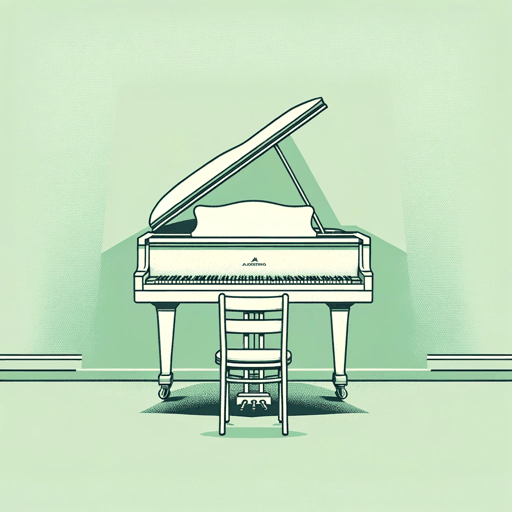
Bel Canto
Ann Patchett
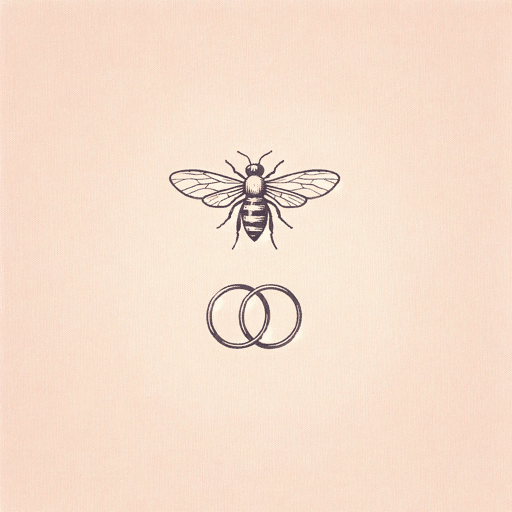
Commonwealth
Ann Patchett

State of Wonder
Ann Patchett
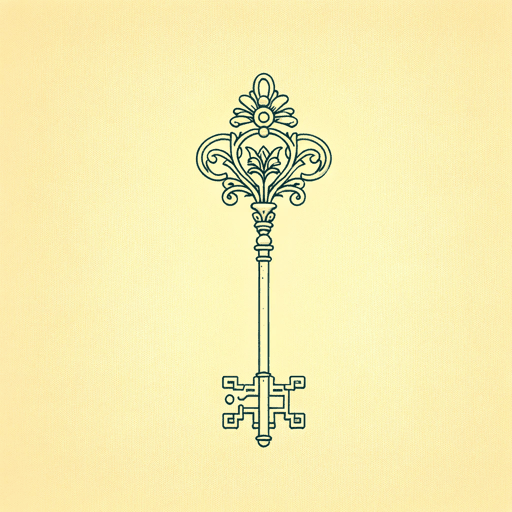
The Dutch House
Ann Patchett

The Magician's Assistant
Ann Patchett
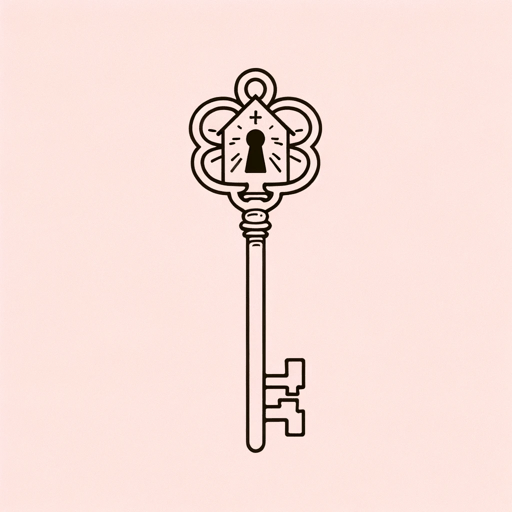
The Patron Saint of Liars
Ann Patchett

These Precious Days: Essays
Ann Patchett
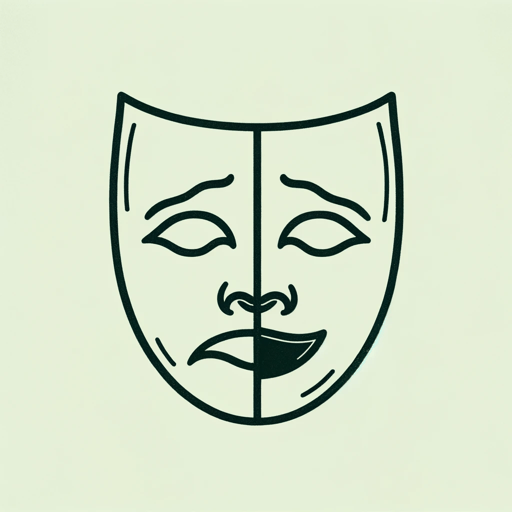
Tom Lake
Ann Patchett

Truth and Beauty
Ann Patchett

